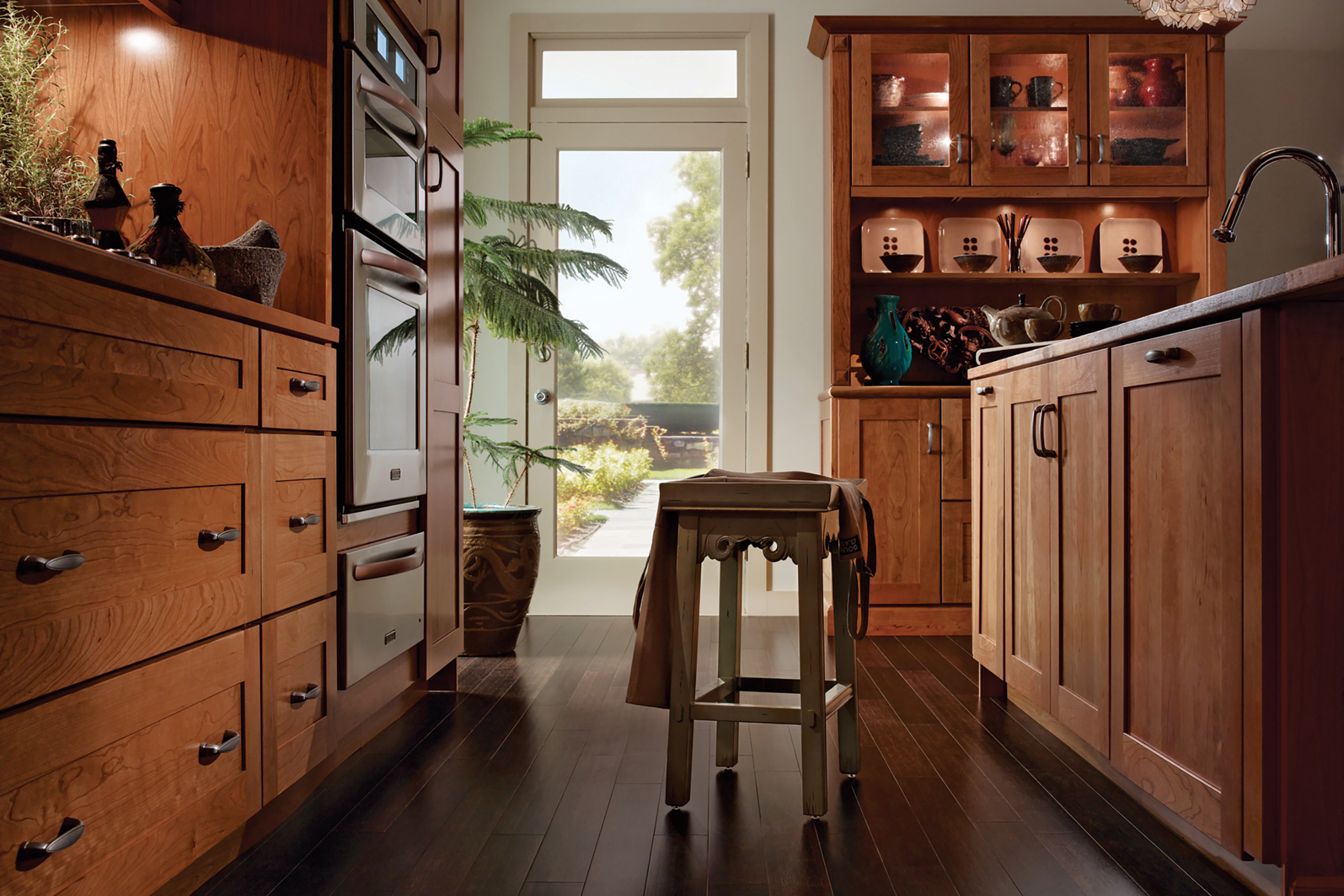Applying Gray-Brown Stain to Cabinets: Gray Brown Stain For Cabinets

Transforming your kitchen cabinets with a sophisticated gray-brown stain can dramatically update your space. This process, while seemingly straightforward, requires careful planning and execution to achieve a professional-looking finish. The choice of application method, surface preparation, and staining techniques all play a crucial role in the final outcome. Let’s delve into the details.
Methods for Applying Gray-Brown Stain
Selecting the right application method depends on your comfort level, the size of the project, and the desired finish. Each method offers unique advantages and disadvantages.
- Brushing: This traditional method provides excellent control and allows for even saturation, particularly in detailed areas. However, it can be more time-consuming and prone to brush strokes if not applied carefully. Brush strokes can add texture, but uneven application will result in a blotchy finish.
- Tools and Materials: High-quality stain brush (natural bristle is recommended for even application), rags, drop cloths, gloves, and the gray-brown stain itself.
- Wiping: This method is faster and often results in a more subtle, less saturated finish. It’s ideal for achieving a slightly distressed or antique look. However, achieving even coverage can be challenging, requiring multiple thin coats.
- Tools and Materials: Rags (lint-free are best), gloves, drop cloths, and the gray-brown stain.
- Spraying: Spraying provides the fastest and most even coverage, especially for large cabinet projects. However, it requires specialized equipment (sprayer and compressor) and proper ventilation to avoid breathing in harmful fumes. Overspray can also be an issue, requiring careful masking.
- Tools and Materials: HVLP sprayer, compressor, safety mask and goggles, drop cloths, masking tape, and the gray-brown stain (formulated for spraying).
Preparing Cabinet Surfaces for Staining
Thorough preparation is paramount for a successful staining project. This ensures the stain adheres properly and the final finish is smooth and even. The process differs slightly depending on the existing cabinet finish.
- Sanding: Start by sanding the cabinet surfaces to create a smooth, even base for the stain. For painted cabinets, use progressively finer grits of sandpaper (e.g., 120, 180, 220) to remove the paint and smooth any imperfections. For varnished cabinets, sanding is necessary to roughen the surface slightly, promoting stain absorption. Always sand in the direction of the wood grain.
- Cleaning: After sanding, thoroughly clean the cabinet surfaces to remove all dust and debris. Use a tack cloth or a slightly damp cloth to wipe down the cabinets. Allow them to dry completely before proceeding.
- Priming (If Necessary): Priming is crucial for cabinets with significant imperfections, porous wood, or a very dark existing finish. A good quality wood primer will ensure even stain absorption and prevent blotchiness. Follow the primer manufacturer’s instructions for drying time.
Techniques for Achieving Specific Effects with Gray-Brown Stain, Gray brown stain for cabinets
Experimenting with different techniques can yield unique and visually appealing results.
- Distressed Look: To achieve a rustic, aged appearance, apply several coats of gray-brown stain, allowing each coat to dry partially before lightly sanding with fine-grit sandpaper (e.g., 220 grit). Focus on edges and raised areas to emphasize the wear and tear effect. Imagine the look of an antique piece of furniture, with softened edges and subtle variations in color. This is a popular choice for farmhouse or rustic styles.
- Two-Toned Finish: Create a striking two-toned effect by applying a lighter gray stain to the cabinet doors and a darker gray-brown stain to the cabinet frames. This adds depth and visual interest. This technique is often seen in modern or contemporary designs.
- Color Wash: A color wash technique involves applying a thin, diluted coat of gray-brown stain to create a translucent effect that highlights the wood grain. This is achieved by mixing the stain with a mineral spirits or water-based thinner, following the stain manufacturer’s instructions. The result is a subtle enhancement of the wood’s natural beauty, rather than a completely opaque color. This technique lends itself to more traditional or elegant styles.
